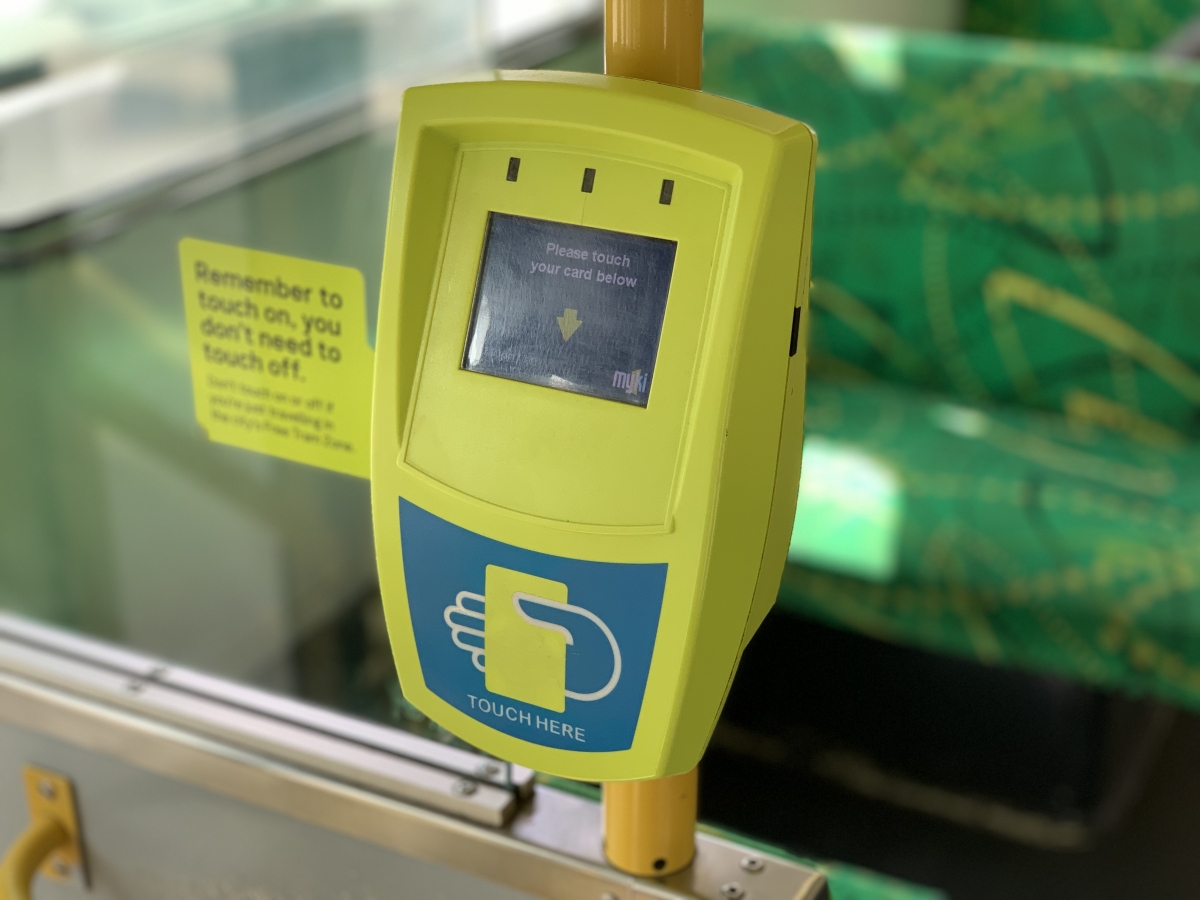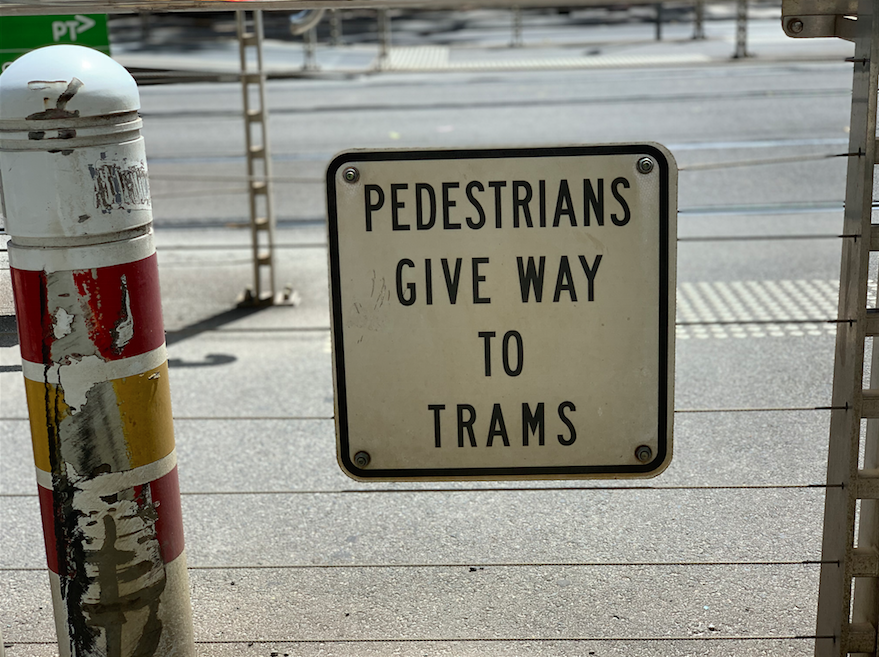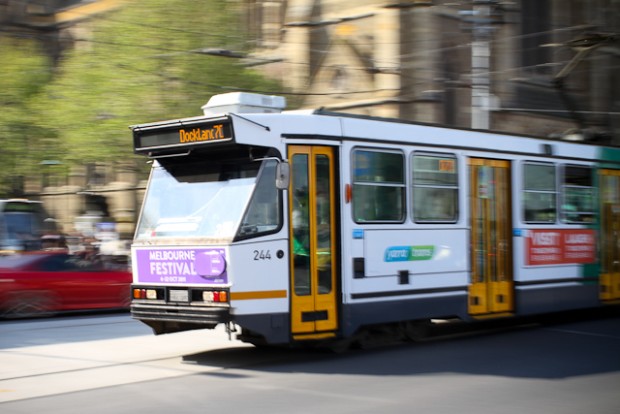Trams are undoubtedly the most popular form of public transport in the city of Melbourne. They are fast, accessible and environmentally friendly. However, many new international students may be confused about trams and what to do when you are onboard one. This article will be a guide on how the Melbourne trams work and the dos and don’ts when using trams.
Topping Up your Myki

Myki Top-Up Machine (Photo via PTV Official Website).
You may purchase a Myki at most news agencies and train stations. They normally cost $6 and will need to be loaded up with credit (money) before you use it on a train, tram or bus. There are Myki top-up machines, where you can add additional credit, at all train stations, all 7-elevens, and at certain tram stops. You can also top-up and buy a Myki Card online at the official PTV website, here.
All international undergraduate students are eligible for an annual 50 per cent discount on travel. This Myki concession card is called a iUSEpass, it can save you money even if you’re not in Melbourne all year. For more information click here.
Where and when to tap

Machines you tap your Myki card on when boarding trams and buses (Photo by Lerong Lin).
Knowing where to tap-on your Myki in the trams can be very confusing, especially for new international students. Some older trams do not clearly indicate where to tap. The right place to tap is the blue rectangle located beneath the screen. If you are unsure about where the taping machines are, they are on the vertical handle closest to the door and are usually green in colour.
If you are traveling in the free tram zone, you do not have to tap-on at all. If you are traveling beyond the free tram zone, you only need to tap-on when boarding the tram. You do not have to tap-off. Every tram stop will indicate whether it is in the free tram zone or not. You may also refer to https://www.ptv.vic.gov.au/. Ensure that you tap-on and have a valid student ID or you could be fined AUD $229 – $242.
Tram etiquette

Wheelchair parking area on the tram (Photo via RailGallery).
When you are on the tram, there is a certain etiquette that needs to be followed to ensure everyone has a pleasant commute. On board the tram, if you choose to stand, you should avoid standing near the tram exists. Crowding the tram exits would hinder those who wish to board, as you would be blocking their way at the already narrow entrance.
You should also be aware of which standing section or seating area are reserved for the handicapped and avoid standing/sitting in those areas, especially during the peak periods. Even if you are seated in a non-reserved section, do not hesitate to offer your seat to the elderly, handicapped or pregnant if the tram is full.
It is also important to avoid speaking loudly or making rude comments on the tram. We need to respect the other commuters and ensure that they have a peaceful journey. While it is acceptable to eat and drink on trams, do ensure that you do not make a mess and take your rubbish with you when leaving the tram.
Safety measures

Sign at a tram stop alerting passengers to give way to trams (Photo by Lerong Lin).
The safety of pedestrians is important, so it is essential that you adhere to set safety measures. You should let commuters exit the tram first before boarding, especially during peak periods. If people do not obey the rules it is possible for stampede accidents to occur.
It is important to note that people need to give way to trams. Before trams move off it will sound a bell, during this time you must wait behind the yellow line. Avoid waiting for trams in the bicycle lane or on the road. This will prevent any accidents from occurring.
Indicating which tram stop you want to exit at

Top: Blue string to pull when you need to exit old trams (Photo by Lerong Lin).
Bottom: Button to press when you need to exit (Photo by Kristine Lin von Freiesleben).
Outside of the free tram zone, trams will not stop if there is no one present at the tram stop. Students will have to press the white or green button located on the door handle by all tram doors to indicate that you wish to exit at the next stop. In older trams, you will have to pull a blue string hanging close to the ceiling.
It is important that international students are aware of these rules and regulations so that no unnecessary inconvenience; such as being fined or getting injured occurs.
This story was produced by Media and Communication students at Trinity College Foundation Studies as part of Meld’s community newsroom collaboration. Education institutions, student clubs/societies and community groups interested in being involved can get in touch with us via meld@meldmagazine.com.au.

